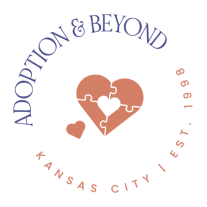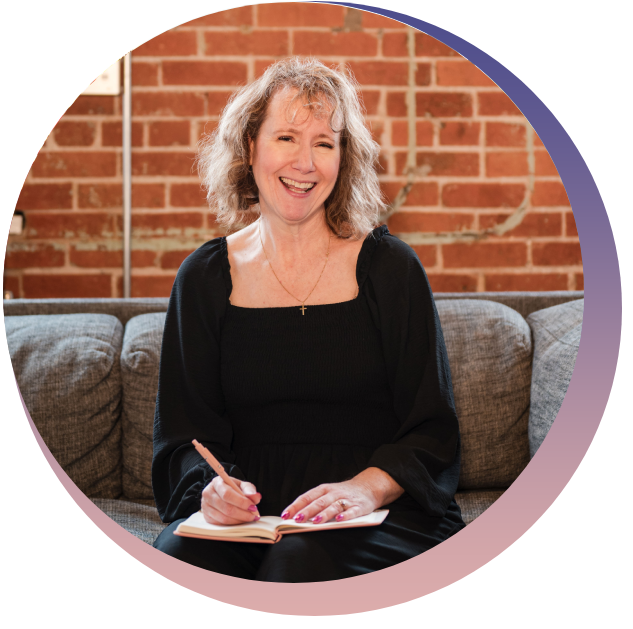This week, I had the pleasure of discussing adoption matching with Nicole Witt, adoption consultant and host of Adopting! The Podcast. In this episode, we focused on the crucial topic of the adoption matching process and shared valuable insights into how agencies match expectant mothers with hopeful adoptive parents.
Adoption can seem like a mysterious journey, particularly for those new to the process. While training programs aim to demystify adoption, one aspect that often raises questions is the matching process. I shed some light on this crucial step that agencies undertake to connect expectant mothers with adoptive parents.
Understanding the Matching Process:
The matching process occurs when an expectant mother, considering adoption, approaches an adoption professional. The professional’s role is twofold: educating the expectant mother about adoption and assisting her in selecting the best-suited family for her child. While every agency and expectant mother may have unique circumstances, there are key elements that define how a match is made.
Here are some of the best nuggets of wisdom from our chat:
“We do it on a questionnaire…others do it by presenting.”
- Agencies adopt different approaches to matching. Some contact hopeful adoptive parents first, presenting the expectant mother’s information and asking if they want their profile presented. Others, like Adoption & Beyond, rely on a detailed questionnaire filled out by prospective adoptive parents. The debate among agencies about the “right” way to do it provides valuable food for thought.
“Focus on the make-or-break questions.”
- Adoptive parents have to focus on essential questions when considering an opportunity. By prioritizing make-or-break questions, families can make informed decisions without overwhelming agencies with superfluous queries.
“Managing multiple opportunities with transparency.”
- We discussed the rare circumstance where families might have more than one opportunity to consider simultaneously. I believe in maintaining open communication and transparency among all parties involved. By ensuring each expectant mother is aware of the situation, families can make informed choices that align with their values and aspirations.
“Being 100% committed once you say ‘yes.'”
- There’s a huge emphasis on commitment once a family agrees to have their profile presented. Changing one’s mind after expressing interest can be devastating for an expectant mother, causing her to question her decision to place her child for adoption. I would urge families to be steadfast in their decisions and values throughout the matching process.
“Presenting all opportunities without limitations.”
- I am an advocate for presenting all potential matches to expectant mothers. By avoiding the role of decision-maker, agencies can empower expectant mothers to make their own choices based on their preferences and criteria. My approach ensures that opportunities are not limited, allowing expectant mothers to have a broader range of options.
The adoption matching process is a pivotal step in creating forever families. By understanding the different approaches to adoption matching, embracing effective communication, and prioritizing honest introspection, both expecting mothers and adoptive parents can navigate this process with compassion, integrity, and mutual understanding. The adoption match sets the stage for a beautiful and transformative journey, laying the foundation for a loving and nurturing environment in which a child can thrive.
Listen to our full conversation here.
If you’re ready to learn more about the types of adoption, Adoption & Beyond’s Quiz is designed to help you discover all the different ways you can adopt, while also learning the requirements and next steps for each. Learn more here.
This blog post is provided for educational and informational purposes only. Our services are not financial, business or legal advice. The information presented here is not a guarantee that you will obtain any results or earn any money using our content. Adoption & Beyond, Inc. owns all copyrights to the materials presented here unless otherwise noted.

